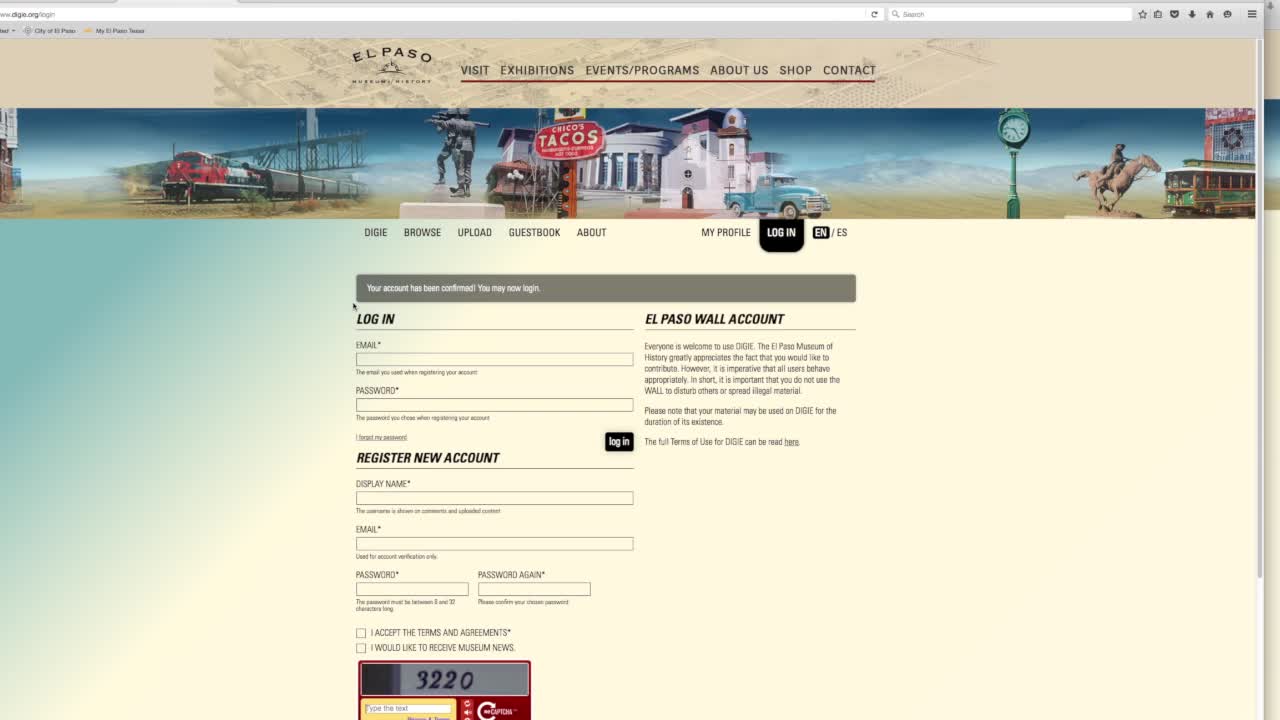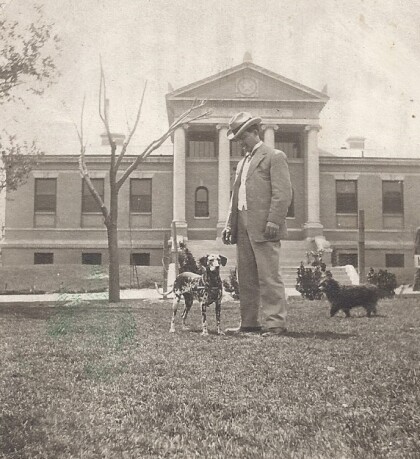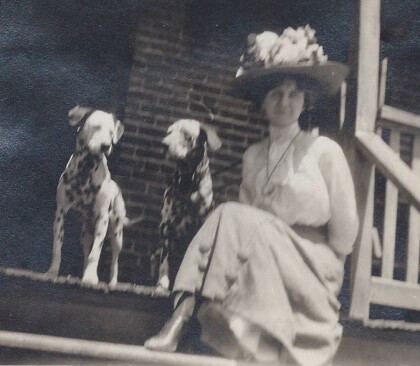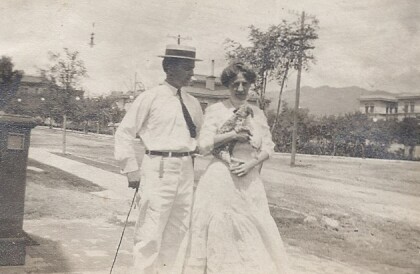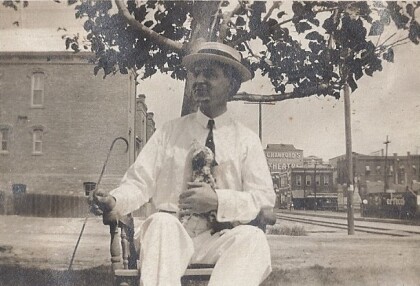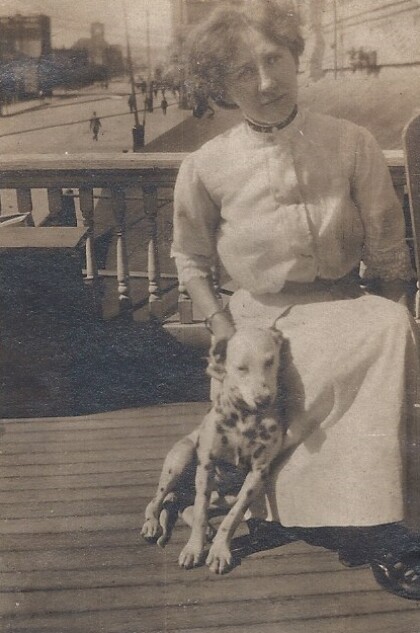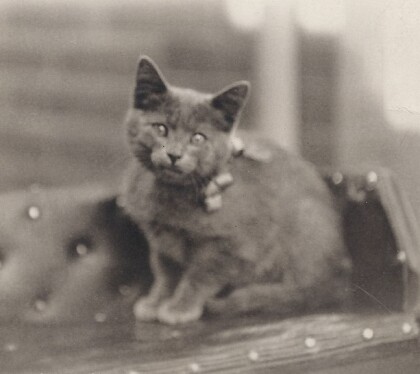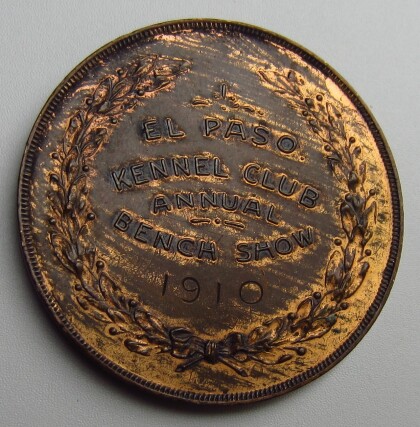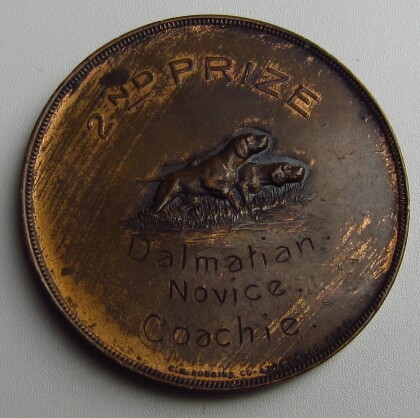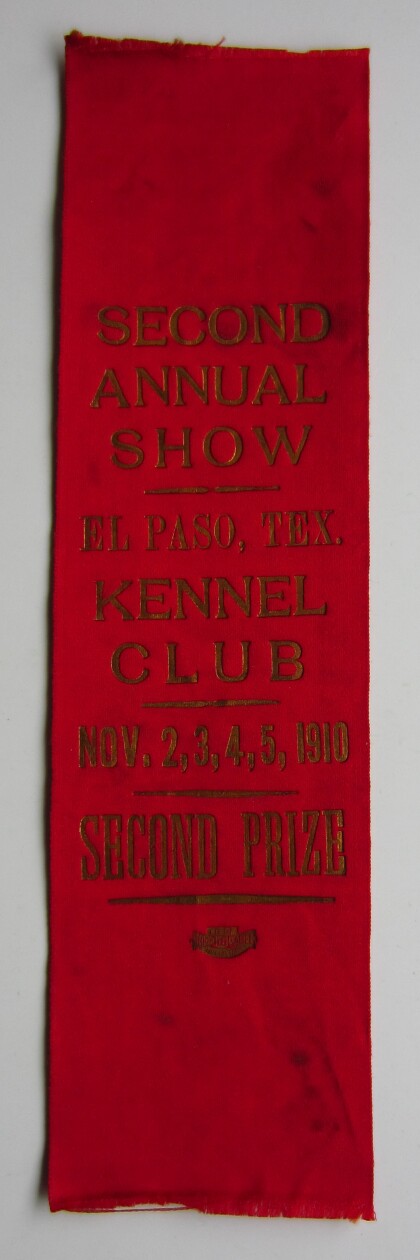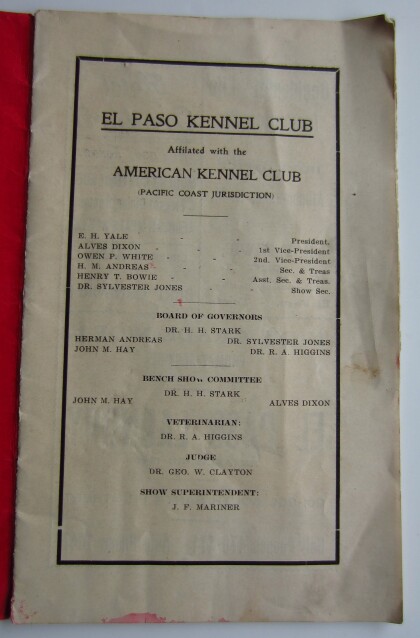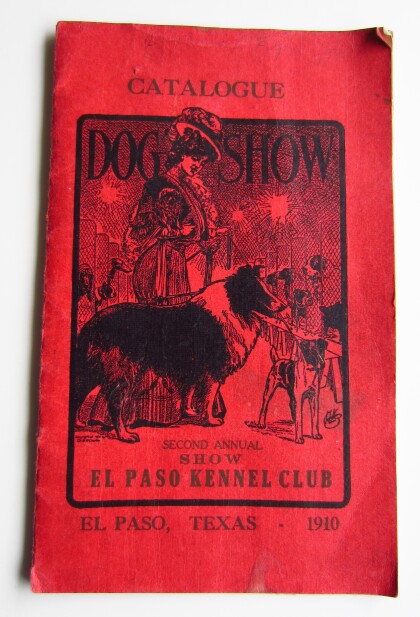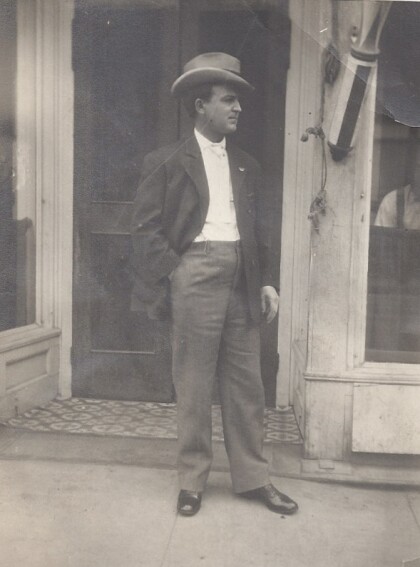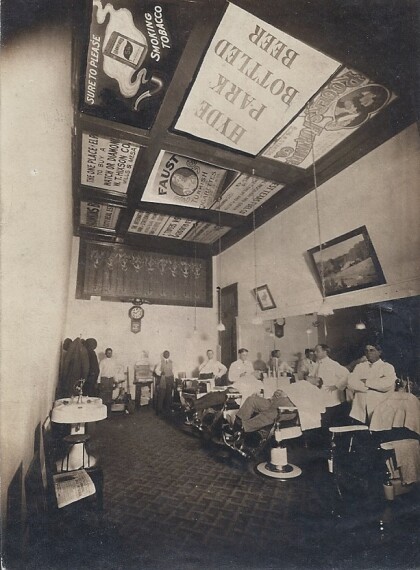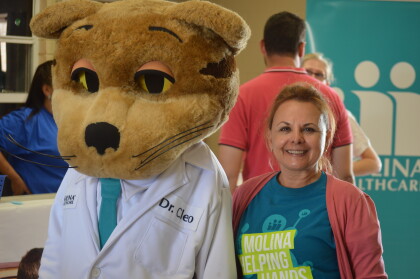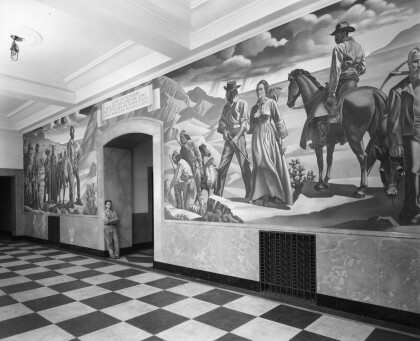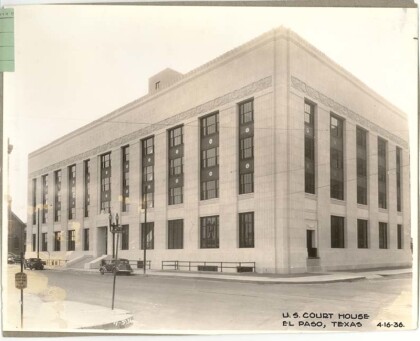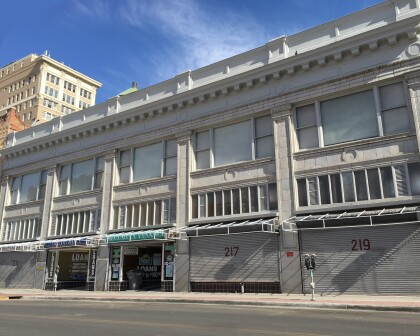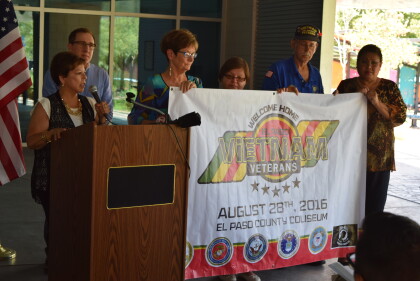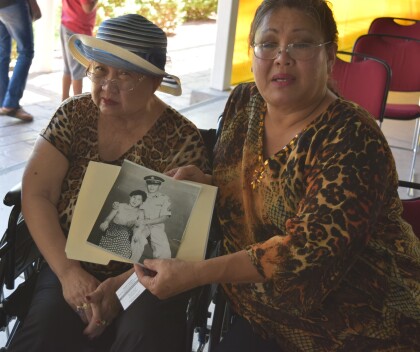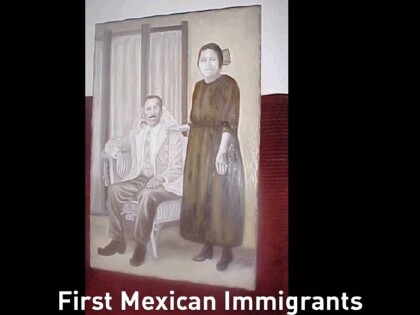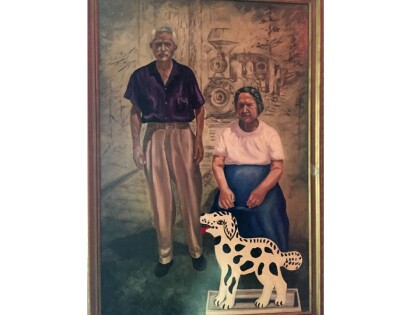Operation Hold the Line 1993

Operation Hold the Line 1993
The image shows the U.S. Border Patrol during Operation Hold the Line in 1993. Operation Hold the Line was a preventative measure taken by the United States Border Patrol, initiated on September 19, 1993, on the United States-Mexico border in El Paso. Silvestre Reyes, who was the head of the El Paso Border Control at the time, ordered his officers to form a human and vehicle blockade along the border. There were four hundred agents and vehicles every 100 yards from one side of El Paso to the other, creating a virtual and visible human wall of enforcement, in order to prevent illegal immigration. Unlike the previous attempts, Reyes’ blockade stayed in place until the Immigration and Naturalization Service saw the success it was having and permanently funded it. It is still in effect today. The rise of illegal immigration from Mexico to the U.S. during the 1980s and 1990s was caused by the collapse of the Mexican economy due to inflation. El Paso's Border Patrol agents, which numbered 600 then, were overwhelmed by the number of migrants rushing across the border daily. The Operation was the first of its kind and represented a shift in ideology in policing illegal immigration. Previous policies focused on finding and deporting illegal immigrants who had already crossed the border. Instead, Operation Hold the Line focused on intercepting and preventing illegal entries at the border. The Operation affected El Paso and the surrounding areas instantly and in different ways: On one hand, the apprehensions in the El Paso sector dropped significantly (from about 1,500 people a day to less than 100 a day). The success of the Operation led to the introduction of legislation that focused on border security. On the other hand, the number of immigrants who die trying to cross the border has risen significantly, because they attempt to cross the border in remote desert areas, which have less security. Also, illegal immigrants, who successfully cross the border, stay in the United States longer than before, rather than risking arrest traveling back and forth from Mexico. During the first weeks of the Operation, there were protests on both sides of the border, and the Catholic bishops of Southern New Mexico, El Paso and Juárez came out against it. Hundreds of Juárez residents took part in demonstrations because they could no longer get to their jobs in El Paso. Consequently, one of the immediate effects was also that it left thousands of people from Juarez unemployed, who had been crossing the border daily for their jobs in El Paso. About a week into the operation, there was a standoff between protesters and U.S. officials at the Paso del Norte International Bridge. They threatened to pour into the north, and the Border Patrol had to shut down one side of the bridge.
Reportar esta entrada
Más sobre la misma comunidad-colección
Muro Digital tutorial para cargar
Audrey C. Davis is here to make uploading your pictures easier ...
Alfred Kleyhauer, Biblioteca Carnegie 1910
Alfred and Annie Kleyhauer, my grandparents, lived in El Paso ...
Annie Kleyhauer, 417 N. El Paso St, 1910
Annie on the porch of their rooming house at 417 N. El Paso St ...
Alfred and Annie Kleyhauer con cachorro alrededor de 1910
Alfred and Annie Kleyhauer, my grandparents, with their puppy ...
Alfred Kleyhauer con cachorro alrededor de 1910
Crawford's Theater in background. Alfred Kleyhauer with puppy ...
Annie Kleyhauer, cachorro, 417 N. El Paso St 1910
Puppy leaning on my grandmother, Annie Kleyhauer. She and ...
Medalla de El Paso club perrera 1910
Alfred Kleyhauer showed his Dalmatian dog in the 1910 El Paso ...
Medalla de El Paso club perrera 1910 dorso
Alfred Kleyhauer showed his Dalmatian dog in the El Paso Kennel ...
Programa del club perrera exposición canina 1910
Alfred Kleyhauer showed his Dalmatian dog in the 1910 El Paso ...
Programa del club perrera exposición canina 1910
Alfred Kleyhauer showed his Dallmatian Dog in the 1910 El Paso ...
Programa del club perrera exposición canina 1910
Alfred Kleyhauer showed his Dalmatian Dog in the 1910 El Paso ...
Alfred Kleyhauer at Poodle Dog Barber Shop (Barbería de perro caniche) alrededor de 1910
We believe this is the Poodle Dog Barber Shop, at 318 San ...
Poodle Dog Barber Shop (barbería de perro caniche) alrededor de 1910
This is the interior of the Poodle Dog Barber Shop, at 318 San ...
Consulado General de México - Mini Digie
Opening Reception - June 28, 2016 - 12:00pm Mini Digie will ...
Molina Healthcare Helping Hands (Molina cuidado de salud manos que ayudan) y Dr. Cleo
April 23, 2016 First Book Distribution Family Festival at ...
Tom Lea delante del mural del Paso del Norte - 1938
Tom Lea in front of the Pass of the North mural, 1938 Often ...
El Palacio de Justicia de los Estados Unidos de El Paso - 1936
The El Paso U.S. Courthouse, also known as El Paso Federal ...
Edificio W.S. Hills - El Paso, Tejas
In 1936, Tom Lea had his studio in the second floor of this ...
Veteranos de Vietnam de El Paso - 2016
El Paso, Texas: City Rep. Acosta, Dist. 3, Chair for the Welcome ...
Bienvenidos a casa Veteranos de Vietnam - 2016
Photograph - families uploading photographs of Vietnam Veterans. ...
FRANCISCO VILLELA & LEONARDA (LEONOR) OCHOA de VILLELA
OUR GREAT GRANDPARENTS ON MY FATHER'S SIDE - FRANCISCO VILLELA ...
FAMILIA FAVILA GALAN (VILLELA) - NUESTROS ABUELOS
OUR GRANDPARENTS ON BOTH SIDES OF OUR MOTHER AND FATHER CAME ...
